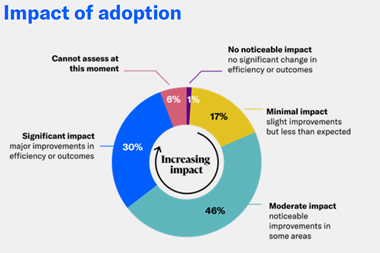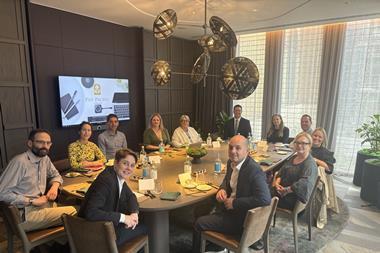The Covid-19 pandemic is accelerating the risks of fraud and businesses must be on their guard. Two experts analyse how the threats are evolving and how risk managers can mitigate them
Tuesday 22 September 2020
11:30: Session: How to manage the rise of pandemic fraudsters
Pandemic fraud is on the rise and regulators and government have been warning individuals about the potential implications of this for some time now.
However, it’s not just ordinary people who are impacted by a spike in fraudulent activity, and organisations need to understand the changing threats and the impacts that they can have on their business.
Speaking at Airmic Fest, Adele Sumner, head of counter fraud & financial crime at RSA Insurance, explained that the current pandemic is both exacerbating old risks and creating new ones.
For instance, she argued that as we head into an economic recession, the risk of employee fraud is growing. As people are made redundant and start running out of savings, they may look at ways to defraud their former employers.
Other threats are also increasing during the pandemic. Ransomware threats are up 40 per cent, and risk we have already seen phishing scams taking advantage of government services such as track and trace.
Other new risks include health claims based around home working, fraudsters gaining entry to virtual conference rooms and using the information to run man in the middle schemes and scammers defrauding government aid schemes.
Andrew Bart, global president, Crawford Global Technical Services from Crawford & Company, highlighted four key areas that risk managers need to target of when it comes to preventing pandemic fraud:
1) Focus on changes in risk
You really need to focus on what has changed. So, have you made any conscious or unconscious changes to your controls and systems? For instance, if you usually have multifactor authentication, did you resort because people are on furlough to only having one person provide the control. What are the gaps and what are the new high risk areas?
2) Identify the controls
Identify the controls that are realistically possible and can be made more effective. Continuous improvement is really important to deal with a dynamic environment. Reinforce the post-transaction controls, get internal audit involved, get the risk management team involved.
3) Investigate quickly
We have seen examples of losses that have been exacerbated through a failure to react in a timely manner. Don’t delay. Investigate early, shut down where you can opportunities for fraud to continue.
4) Act fast
Things which appear to be minor can be severe, act fast to put in place the remedial measures collect information and implement new structures where possible.
He concluded: “What can we do reduce fraud risks? Organisations have to understand what the risks are as of now, there will be some risks that are unique to your organisation. You also need the opportunity to make a difference quickly, so what are the things you can do quickly and efficiently to reduce the known risks including longer-term solutions. And finally what do you do in the current environment if a fraud occurs.”
In partnership with






















No comments yet